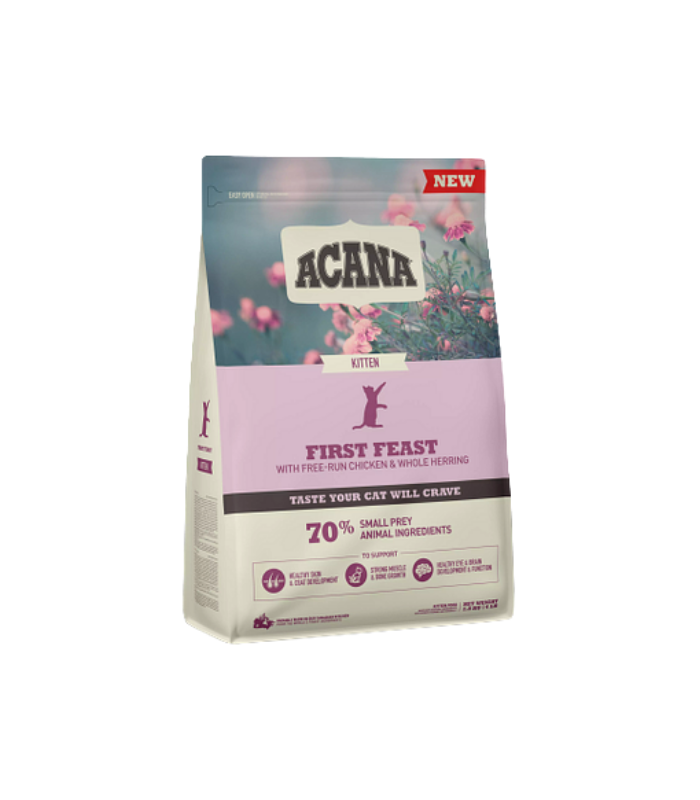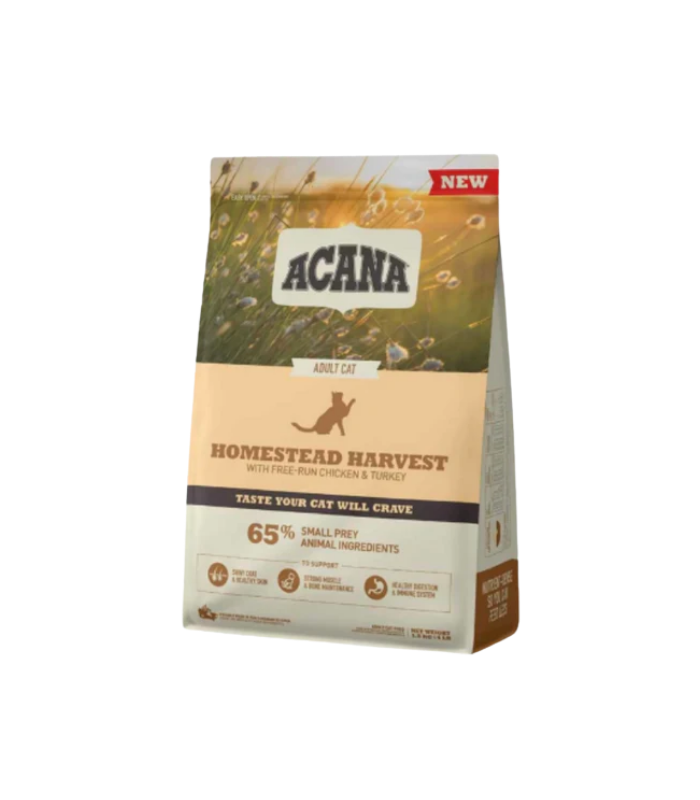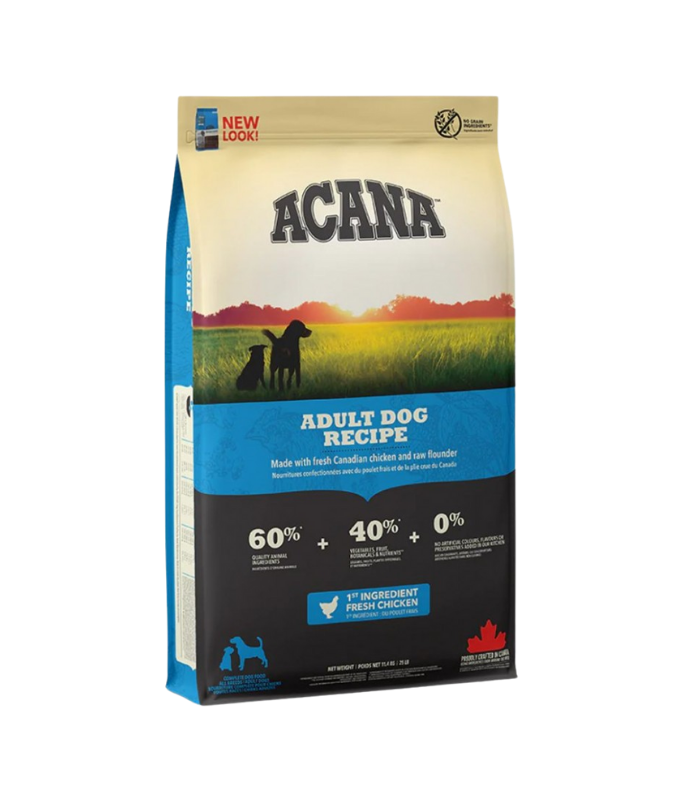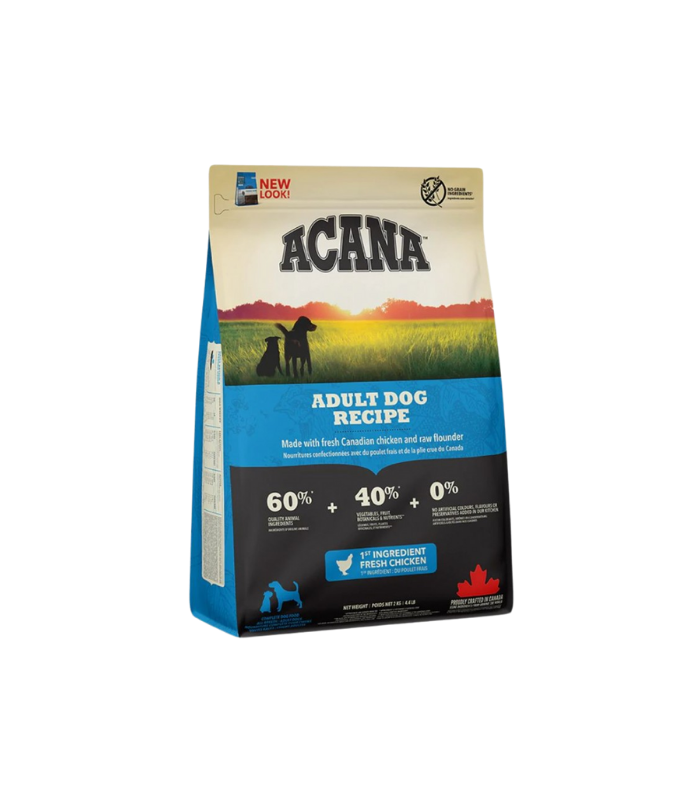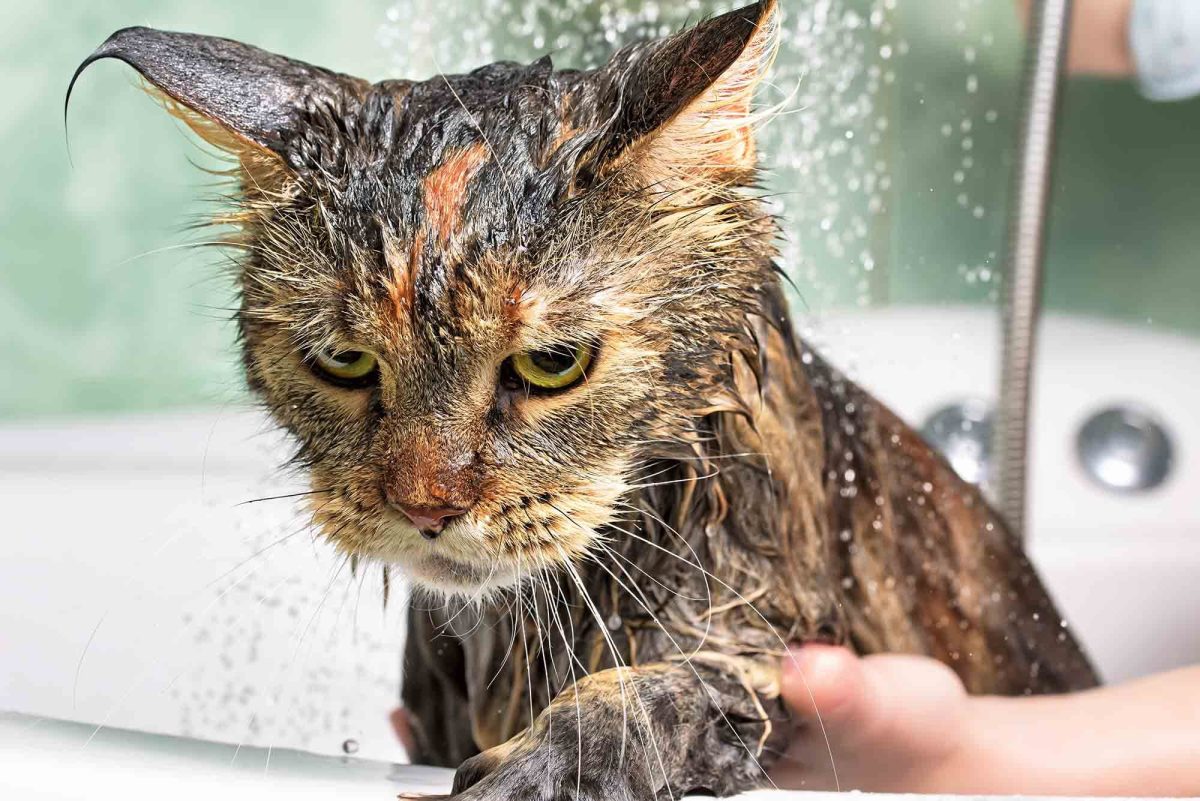Hi, this is your friendly neighbourhood Vet Nurse Zoe. Grooming and hygiene are essential for your pet’s overall health and well-being. Bathing, brushing, and regular grooming help maintain healthy skin, reduce shedding, and prevent infections. Let’s break down the basics of pet bathing and how to make it a stress-free experience!
How Should You Bathe Your Dog and How Often?
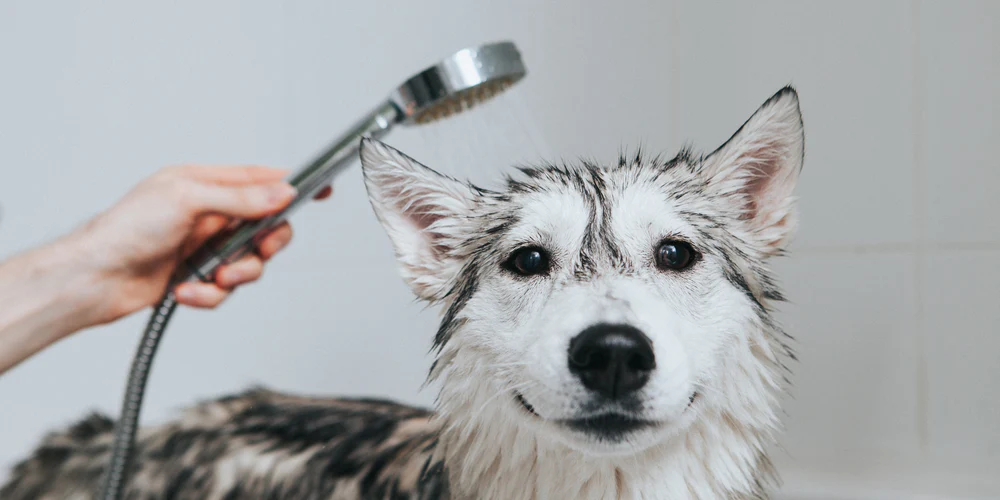
There is no single correct bathing frequency—it depends on your dog’s breed, coat type, lifestyle, and skin condition. However, since Malaysia’s climate is hot and humid, it is recommended to bathe your dog at least once a week to keep them fresh and comfortable. Owners can increase the frequency in certain situations:
- Skin issues: If your dog has a skin condition, follow your vet’s recommended bathing schedule.
- Oily coat: Some breeds naturally produce more sebum and may require more frequent baths.
- Scratching or discomfort: If your dog is scratching a lot, it’s a sign they might need a bath to remove dirt, allergens, or excess oils.
- After muddy or messy playtime: Occasional quick rinses are fine!
How to Bathe a Dog:
- Brush before bathing: Remove loose fur and tangles to prevent matting. Not only does this step prevent further matting after shampooing, but it also reduces pain caused by pulling and helps lather the shampoo better!
- Use lukewarm water: Avoid water that’s too hot or too cold.
- Apply dog-friendly shampoo: Massage it gently into their coat, avoiding the eyes and ears.
- Rinse thoroughly: Leftover shampoo can cause irritation.
- Dry properly: Use a towel or pet-safe dryer to prevent damp-related skin issues.
Grooming & Brushing: Regular brushing helps remove dirt, prevents tangles, and distributes natural oils, reducing the need for frequent baths.
How to Bathe a Cat (Without the Drama!)
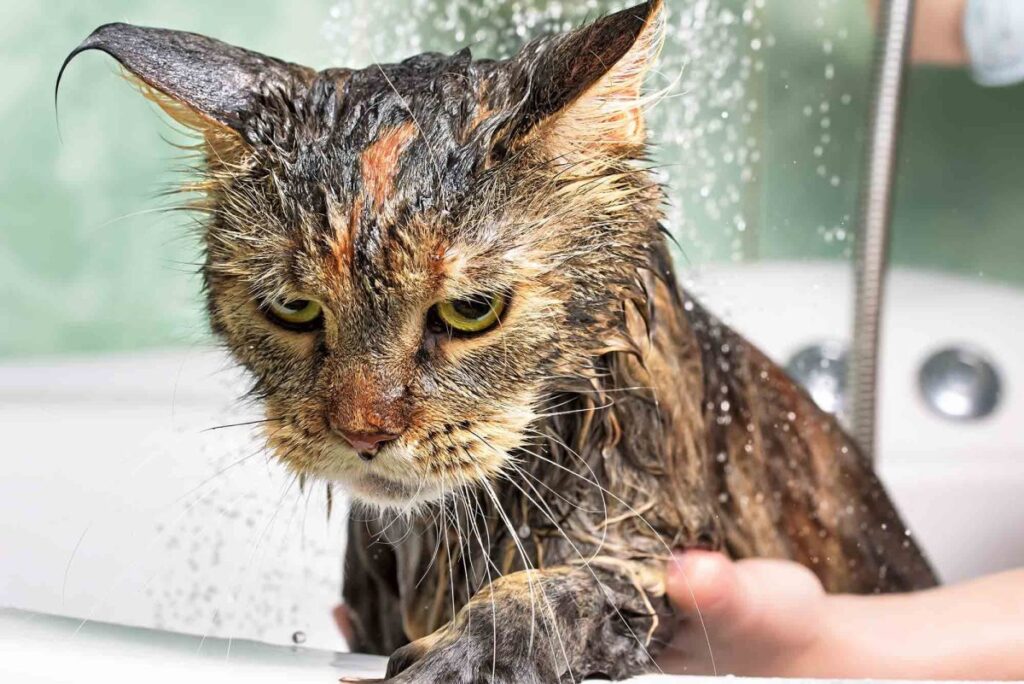
Cats groom themselves, so they rarely need baths unless they’re extremely dirty, have skin issues, or can’t clean themselves properly (obese, sick cat). If a bath is necessary, follow these steps:
- Prepare everything in advance: Use a non-slip mat, gentle pet shampoo, and lukewarm water.
- Keep it calm: Use a quiet, enclosed space and speak soothingly to your cat.
- Use a cup or handheld sprayer: Avoid pouring water directly over their head—gently wet their body.
- Massage shampoo lightly: Be quick but thorough, then rinse well to avoid residue.
- Wrap them in a towel immediately: Dry them gently and let them relax in a warm space.
How to Protect Yourself While Bathing a Cat (JUST IN CASE):
- Trim your cat’s nails beforehand to reduce the risk of scratches.
- Wear long sleeves or protective gloves to prevent injuries.
- Use a bath harness or towel wrap to gently restrain them.
- Keep the bath short to minimize stress and the chance of them climbing on you.
- Have treats ready to reward good behavior after the bath.
Pro Tip: If your cat hates water, try using cat wipes or a damp washcloth for minor clean-ups!
How to Choose the Right Bathing Products
Choosing the right products for your pet’s bath time is essential for their skin and coat health:
- Use pet-specific shampoos: Human shampoos can disrupt the pH balance of your pet’s skin.
- For sensitive skin: Opt for hypoallergenic or oatmeal-based shampoos.
- For pets with skin conditions: Medicated shampoos can help but should be used as recommended by a vet.
- Conditioners: Can help with dry or tangled fur, especially for long-haired breeds.
- Avoid harsh chemicals: Look for natural ingredients and avoid artificial fragrances or parabens.
Why Grooming & Combing Are Important
- Prevents matting and tangles (especially for long-haired pets).
- Reduces shedding and keeps fur off furniture.
- Helps detect skin issues early, like rashes, parasites, or lumps.
- As owners touch and comb their pets, they might find lumps early. Early detection is key to addressing potential health issues.
- Keeps your pet comfortable and odor-free.
Fun Tips to Make Bath Time Less Stressful
🐾 For Dogs:
- Use a lick mat with peanut butter to keep them distracted. (There are lick mats with suction that allow you to stick the mat to the shower wall tiles!)
- Give gentle massages while lathering shampoo.
- Play soft music to create a calming environment.
🐾 For Cats:
- Try introducing water slowly using a damp cloth before an actual bath.
- Use a warm towel wrap before bathing to reduce anxiety.
- Try not to let the water flow directly near the head.
- Keep it short and sweet—no unnecessary delays!
- Sometimes a treat might help.
With the right approach, grooming can become a positive bonding experience for both you and your pet. Happy bathing! 🛁🐶🐱

About Vet Nurse Zoe
Zoe is a dedicated veterinary nurse who has been practicing in a veterinary clinic since 2022. She is committed to providing high-quality care for animals while continuously expanding her knowledge to better serve pets and their owners.
In collaboration with Petsmore, she aims to provide reliable and practical information to help pet owners make informed decisions about their pets’ well-being. Learn more about Zoe by checking her bio or following her on Instagram at @vetnursezoe!


